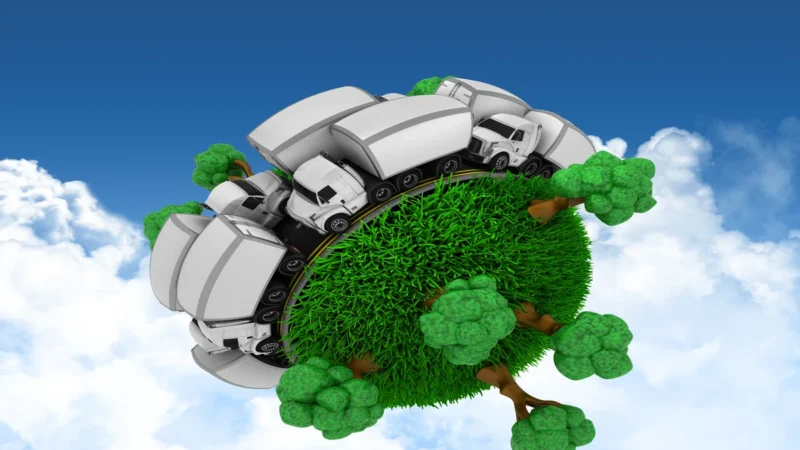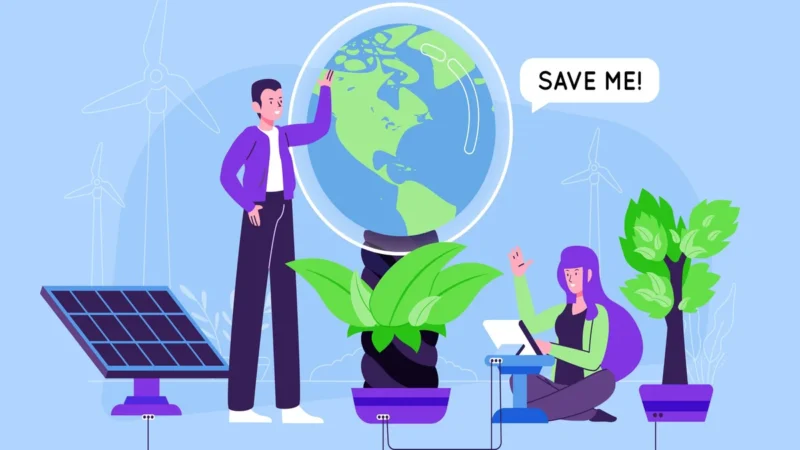Waste Management Strategies in the Food Industry: Best Practices and Innovations

Waste management in the food industry is a critical aspect of sustainability and environmental responsibility. The vast amounts of food waste generated at various stages, from production to consumption, pose significant challenges to the environment, economy, and society. To address this issue, the food industry has been continually developing and implementing waste management strategies that emphasize best practices and innovative solutions. This article explores some of the most effective waste management strategies adopted by the food industry, along with relevant keywords to enhance searchability.
1. The Scale of Food Waste in the Food Industry
The food industry is one of the major contributors to global food waste. According to the Food and Agriculture Organization (FAO) of the United Nations, approximately one-third of the food produced worldwide for human consumption is lost or wasted every year. This staggering statistic highlights the urgency for efficient waste management strategies.
2. Source Reduction and Prevention
One of the most effective waste management strategies is source reduction and prevention. By identifying and addressing the root causes of food waste, the industry can significantly reduce its environmental footprint. This includes measures such as better inventory management, improving production processes, and diverting surplus food to donation centers.
3. Food Waste Recycling and Composting
Recycling and composting are key strategies for diverting food waste from landfills. By separating organic waste and composting it, the food industry can create valuable fertilizers and reduce the generation of harmful greenhouse gases associated with landfill decomposition.
4. Anaerobic Digestion for Energy Generation
Anaerobic digestion is an innovative approach that harnesses the potential of food waste to produce biogas, a renewable energy source. This process involves the decomposition of organic matter in the absence of oxygen, generating biogas that can be used for electricity generation and heating.
5. Food Waste-to-Value: Turning Waste into Products
In recent years, the concept of food waste-to-value has gained traction. Instead of viewing food waste as a burden, the industry is exploring ways to transform it into valuable products. This includes using waste by-products for animal feed, bio-based materials, and even innovative food products.
6. Technology and Data-Driven Waste Management
Technological advancements play a crucial role in optimizing waste management practices. From IoT-based sensors that monitor food inventory to data analytics that identify waste patterns, technology enables the food industry to make informed decisions and reduce waste.
we can conclude this,the food industry’s commitment to waste management is vital for sustainable development and environmental protection. By adopting best practices and innovative strategies, such as source reduction, recycling, anaerobic digestion, and waste-to-value approaches, the industry can significantly reduce its environmental impact and move towards a more circular economy. Embracing technology and data-driven solutions further enhances the effectiveness of waste management efforts, helping the food industry contribute to a greener and more sustainable future.
FAQs
1: Why is waste management important in the food industry?
Waste management is crucial in the food industry to minimize environmental impact and conserve resources. Proper waste management reduces greenhouse gas emissions, conserves energy, and prevents pollution. It also helps in tackling food insecurity by redirecting surplus food to those in need through donation programs.
2: How can the food industry reduce food waste effectively?
The food industry can effectively reduce food waste by implementing source reduction strategies, improving inventory management, and collaborating with food donation organizations. Additionally, adopting innovative technologies and data-driven approaches can help identify areas of waste and optimize production processes.
3: What is food waste recycling, and how does it benefit the environment?
Food waste recycling involves diverting organic waste from landfills and converting it into useful products like compost or biogas through processes like composting or anaerobic digestion. This reduces methane emissions from landfills, lowers the overall carbon footprint, and creates valuable resources for agricultural and energy needs.
4: Can food waste be turned into new products?
Yes, food waste can be transformed into new products through a process called food waste valorization. By converting waste by-products into ingredients, bio-based materials, or even new food products, the industry embraces a circular economy approach, minimizing waste and maximizing resource utilization.
5: How can technology help in food industry waste management?
Technology plays a significant role in waste management in the food industry. IoT-based sensors can monitor food inventory and freshness, reducing overstocking and spoilage. Data analytics can identify patterns of waste generation, enabling businesses to make informed decisions. Additionally, technology facilitates efficient food redistribution and enables communication with food banks and donation centers.


